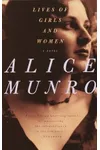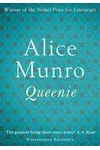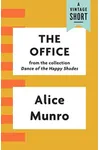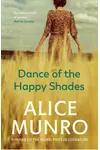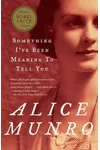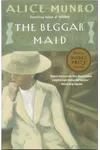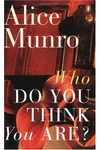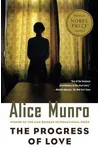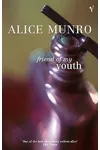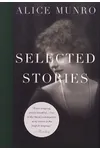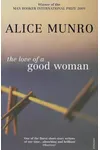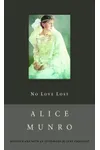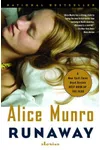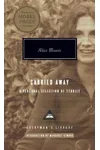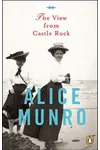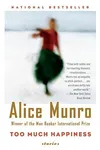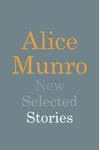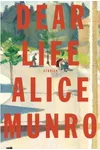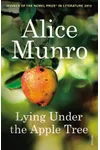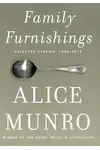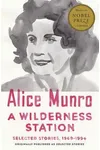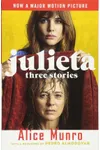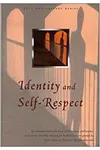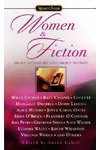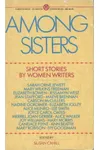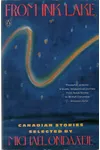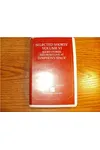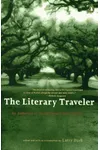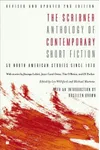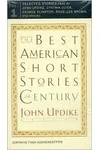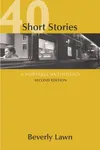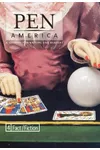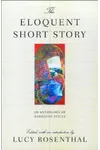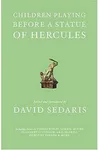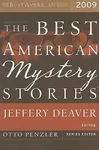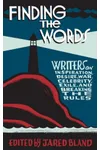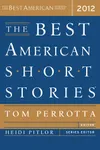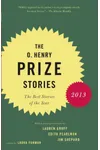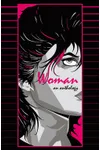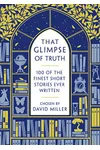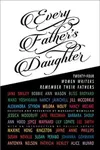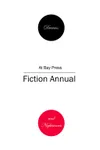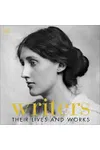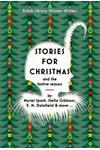Picture a Canadian storyteller who turned quiet small-town lives into literary gold—meet Alice Munro! Born in 1931 in Ontario, Munro revolutionized the short story with her piercing insights into human relationships, earning her the 2013 Nobel Prize in Literature. Her tales, often set in rural Huron County, weave everyday moments into profound narratives that linger long after the page is turned.
The Making of Alice Munro
Alice Munro grew up in Wingham, Ontario, where the rhythms of rural life shaped her storytelling. Born to a farmer father and a schoolteacher mother, she found solace in books, devouring classics by the Brontës and Austen. After studying at the University of Western Ontario, she married, moved to Vancouver, and began writing stories while raising her daughters. Her first collection, Dance of the Happy Shades (1968), won Canada’s Governor General’s Award, marking her as a literary force.
Alice Munro’s Unforgettable Stories
Munro’s stories are like conversations with a wise friend—intimate, surprising, and deeply human. Her style, often compared to Chekhov’s, blends crisp prose with nonlinear narratives that reveal life’s complexities. Lives of Girls and Women (1971), her only novel, traces a young woman’s coming-of-age in rural Ontario, blending humor and heartache. The Moons of Jupiter (1982) explores family ties and personal reinvention, while Runaway (2004) delves into fleeting connections with breathtaking precision. Her 2012 collection, Dear Life, offers semi-autobiographical glimpses into her own past, cementing her mastery of the form.
What sets Munro apart is her ability to make the ordinary extraordinary. Her stories, often set in small Canadian towns, tackle universal themes—love, regret, betrayal—with a quiet intensity. She skips predictable plots, instead letting characters’ inner lives unfold through vivid details and sudden shifts in perspective, leaving readers awestruck by her narrative sleight of hand.
Why Alice Munro Matters
Alice Munro didn’t just write short stories; she redefined them. Her work inspired writers like Margaret Atwood and Jhumpa Lahiri to explore the form’s potential, proving that brief tales can carry the weight of novels. Her 2013 Nobel Prize, the first for a Canadian woman, celebrated her as a 'master of the contemporary short story,' amplifying her global influence. Munro’s stories resonate because they capture the messy, beautiful truth of being human, inviting readers to see their own lives anew.
About Alice Munro
- Born: July 10, 1931, in Wingham, Ontario, Canada
- Key Works: Dance of the Happy Shades, Lives of Girls and Women, Runaway, Dear Life
- Awards: Nobel Prize in Literature (2013), Governor General’s Award (multiple), Man Booker International Prize (2009)
Ready to fall in love with Alice Munro’s world? Grab Runaway or Dear Life and dive into her spellbinding short stories today!
